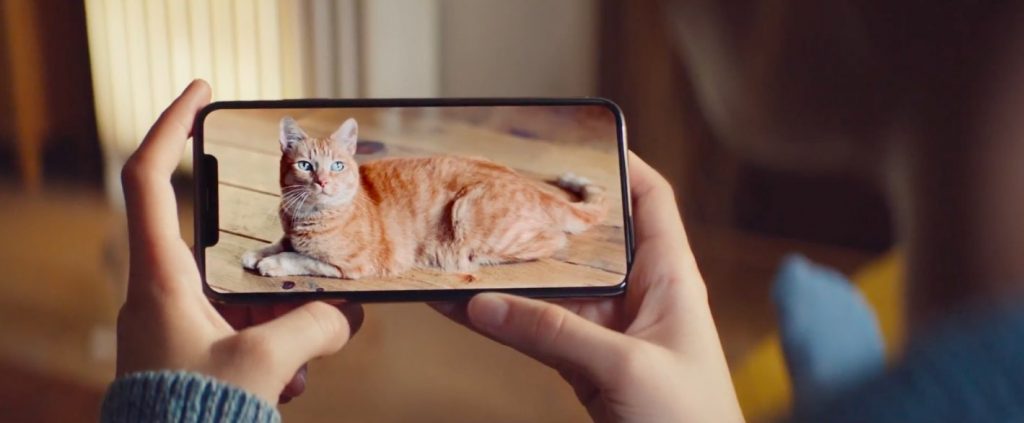Cutting corners: If you were to go on Apple’s website and buy an iPhone XS right now, you would complete the entire process without seeing a single picture of it with a notch in the screen. According to a new lawsuit just filed, Apple’s decision to conceal the notch with a black wallpaper is illegal and misleading. Other alleged lies include the screen size and resolution of the iPhone X series, which doesn’t consider the notch or curved corners.

Wireless World came across the lawsuit, which was filed in the Northern District of California on December 14th, which seeks to prevent Apple from continuing this practice and wants everyone who bought an iPhone X, XS or XS Max to receive compensation. The main focus of the lawsuit is on the concealed notch, which is claimed that its plaintiff, Courtney Davis, was tricked by. “Images that disguise the missing pixels on the products’ screens are prominent on the Defendant’s website, as well as in the advertisements of retailers who sell the products,” the complaint reads about iPhone repair. “These images were relied on by Plaintiff DAVIS, who believed that the iPhone X, XR, XS, and XS Max would not have a notch at the top of the phone.” The notch also plays into the bigger picture, or smaller as it may be. According to the lawsuit, the iPhone X screen is “only about 5.6865 inches” due to the rounded corners, which is slightly smaller than Apple’s rated 5.8 inches. Because of the rounded corners and notch, the lawsuit claims that the real resolution of the device is 2195 x 1125, which is about 10% less than Apple says it is. Apparently, those pixels are ‘fake’ pixels too. LCD screens typically use three subpixels (red, green and blue) in a striped configuration, and it uses them in various combinations to produce a single color for that pixel. The Samsung OLEDs that Apple happens to use utilize a “pentile” structure where five subpixels are arranged in a diamond shape.
![]()
Because these subpixels are ‘shared’ between real pixels and there is twice as many green as red or blue, it apparently means that the screen is lower resolution. “The iPhone X Product is advertised as having 2436×1125 pixels, but in fact does not use true pixels with red, green, and blue subpixels in each pixel,” the complaint states. “Instead, the Product has only false screen pixels, with just two subpixels per false pixel.” Even with a new iPhone repair, the issue persists. The lawsuit claims that the iPhone 8 Plus screen has a higher resolution because it has more subpixels, despite being 1080p. In reality, we here at Wireless World think the OLEDs look great and the pentile structure is part of what makes Samsung OLEDs shine above the competition – and they also have great longevity. They require less current for luminescence, so the individual subpixels don’t wear out and cause burn-in and other issues. Apple themselves will happily tell you all this. Likewise, a quick peruse through the spec sheet of any iPhone model will tell you if it has a notch or not. In regard to screen size, the Apple website says “when measured as a standard rectangle shape, the screen is 5.85 inches diagonally (actual viewable area is less).” While Apple does everything the lawsuit says they do, the legal status of those actions is still very debatable. The lawsuit is aiming to reach class-action status it could be a long time before it’s settled. Apple declined to comment.
Looking for a new iPhone for yourself? Check out Wireless World’s wide selection of phones! We also perform quality iPhone repairs with our Apple Certified technicians.